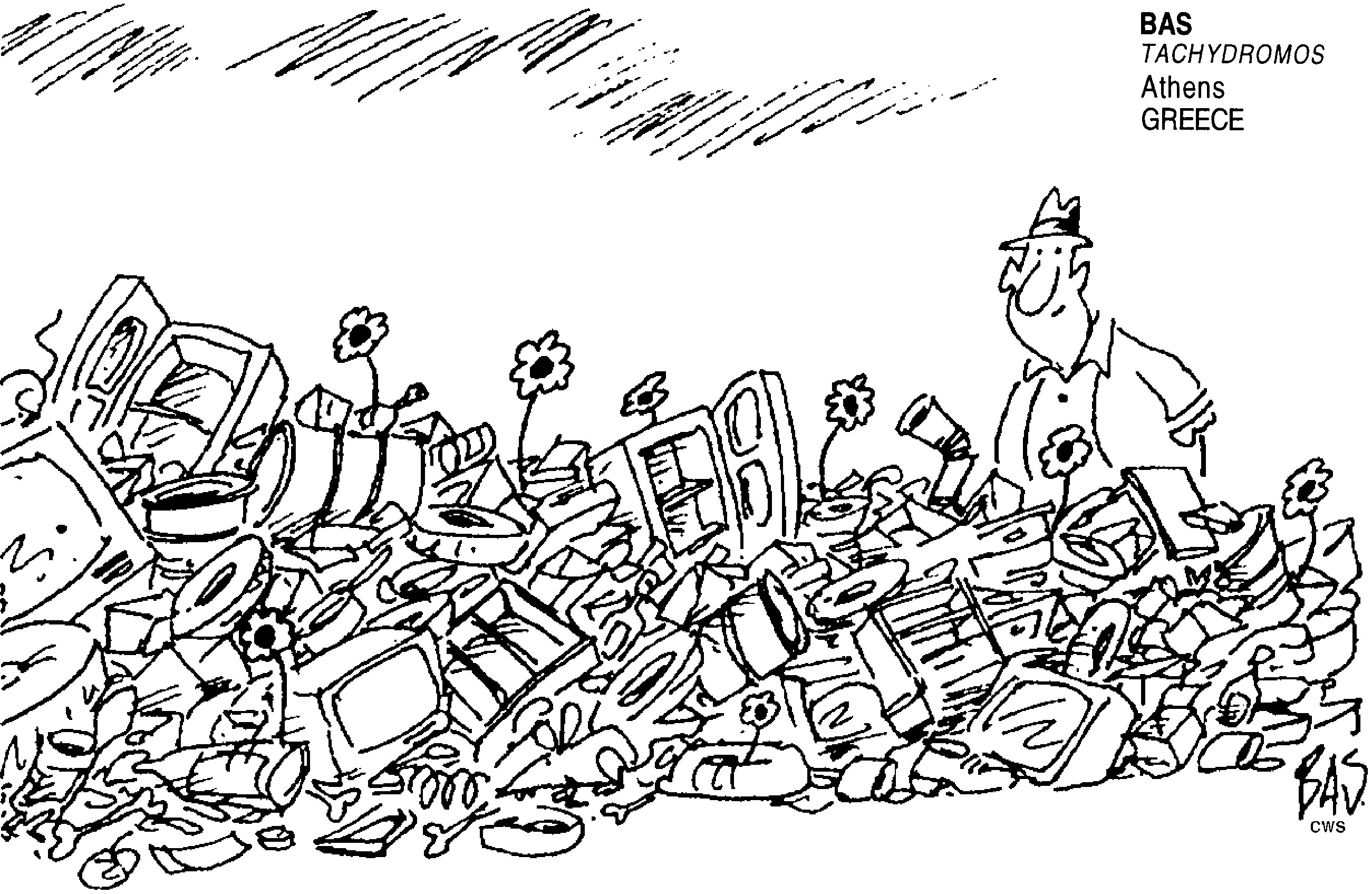The image is taken almost as gospel: tons of old computers and phones, their sometimes-toxic innards spilling out, piled up in Africa or Asia, a symbol of the developed world's cavalier use of poorer nations as a dumping ground for garbage and, by extension, other ills.
The reality is that image is just as obsolete and in need of an upgrade as the old gadgets being dismantled, according to a just-released two-year study of Europe's electronic waste. But even as the developed world breathes a little easier, an electronic waste crisis is looming in developing nations where smartphones, laptops and other digital products are becoming affordable to billions of new customers, yet the means to dismantle them safely are largely nonexistent.
As a result, the often dangerous and environmentally destructive methods of disposal, if they're not addressed soon, will have consequences for the developing world far beyond what may have been caused by whatever Europe exported in the last few years. Electronic waste is the world's fastest-growing waste stream, and getting it to places that have technology — and markets — to handle it is crucial.


















With your current subscription plan you can comment on stories. However, before writing your first comment, please create a display name in the Profile section of your subscriber account page.